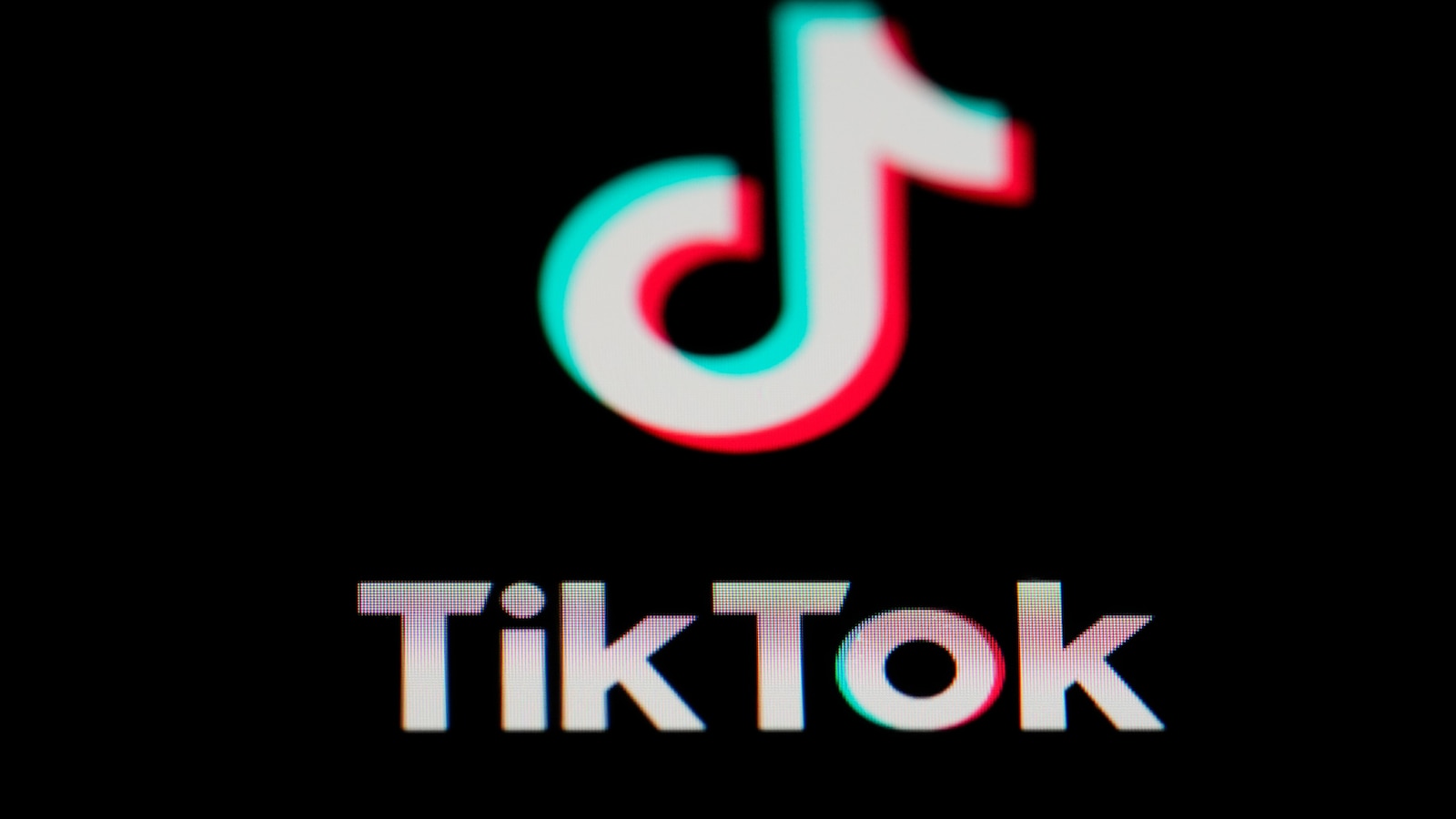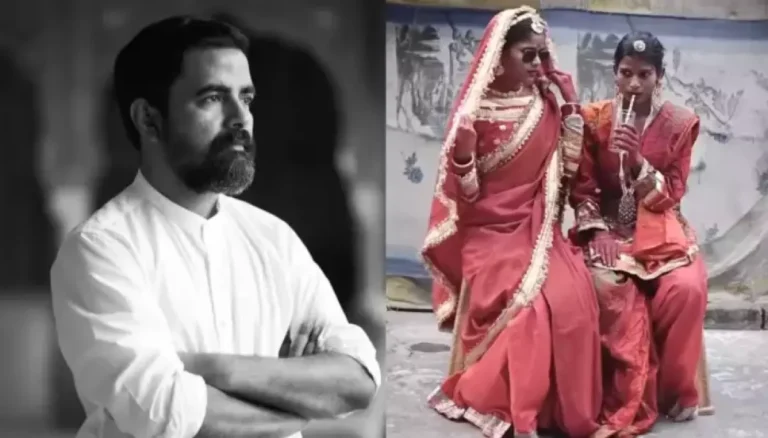TikTok Acknowledged Risks for Children and Teens in Legal Claim
TikTok’s Awareness of Risks to Kids and Teens
In recent news, TikTok has found itself in the legal crosshairs, as concerns escalate over its impact on children and teens. A legal claim has emerged, stating that the platform is aware of the risks its content may pose to younger users. This situation raises important questions about social media, responsibility, and the safety of our most vulnerable populations.
The Growing Concern Around TikTok
You might be thinking, what’s the big deal? TikTok is just a fun app where kids dance, lip-sync, and share hilarious skits, right? Well, while it may seem innocent, there’s a darker side to this social media giant. With its skyrocketing popularity among younger audiences, the potential for harm has become a hot topic. From psychological effects to exposure to inappropriate content, the risks are real.
Here are a few concerning issues:
What TikTok Knew and When
In this legal claim, it’s alleged that TikTok was aware of the potential risks to children and teens but failed to adequately inform users or take substantial action. This raises some eyebrows, doesn’t it? Imagine knowing that a ride at an amusement park is prone to malfunctions but still allowing unsuspecting thrill-seekers to line up. That’s the kind of responsibility—and potentially legal culpability—TikTok is facing now.
The Psychological Impact of Social Media
So, why should we care? The adolescent brain is still developing, and it’s especially sensitive to external influences. Social media platforms like TikTok can amplify feelings of inadequacy, loneliness, and distress. The algorithmic nature of TikTok ensures that users are continuously exposed to idealized versions of people, which can set unrealistic standards.
Comparing Social Media to Junk Food
Think of social media like junk food. It’s enticing, colorful, and often enjoyable but not nutritious. Just as too much junk food can wreak havoc on your physical health, excessive exposure to social media can harm mental well-being. Social media diets—like mindful consumption of what’s ingested—are becoming increasingly necessary for our youth.
TikTok’s Alleged Negligence
In the eyes of the law, negligence occurs when one party fails to take reasonable steps to avoid harming others. If TikTok is found to have disregarded the potential consequences of its platform on young users, it could be held accountable. But what would that mean for TikTok? Could the app face stricter regulations?
Safety Measures and Protocols
One legitimate concern is whether TikTok is doing enough to monitor and manage the content that children and teens are exposed to.
Here are some possible strategies they could implement:
The Role of Parents and Guardians
As much as we want to point fingers at TikTok, let’s not forget about the role of parents and guardians. The reality is that supervision, open conversations about online safety, and education on responsible social media use are crucial.
Promoting Healthy Habits
Here are some ways you can promote healthy media habits within your family:
The Wider Implications
This legal claim is not just about TikTok; it has wider implications for the tech industry. If TikTok is held liable for these risks, it could set a precedent for how social media companies monitor and safeguard their platforms.
What This Means for Other Platforms
If TikTok is found guilty or agrees to change its policies, other platforms such as Instagram and Snapchat may need to reevaluate their own processes to protect their users, especially minors. This could lead to a broader shift in how social media operates, prioritizing user safety over engagement metrics.
Conclusion
As we’ve seen, the situation surrounding TikTok is complex and multifaceted. With the potential legal ramifications at play, it’s crucial for social media platforms to be aware of the risks they pose to younger audiences. It’s not just a legal issue, it’s a moral one as well. Balancing user engagement while ensuring safety is a tightrope walk.
For parents and guardians, staying informed and involved is key. It’s high time we all start addressing the safety of our children when they’re online, be it on TikTok or elsewhere. After all, in the end, it’s about looking out for our loved ones in a digital world that keeps evolving.
FAQs
1. What are the main risks of TikTok for children?
The main risks include exposure to inappropriate content, privacy issues, and potential mental health impacts like anxiety or depression.
2. How can parents ensure their children are safe on TikTok?
Parents can use parental controls, set time limits, and have open discussions with their children about online safety.
3. What legal actions is TikTok facing regarding child safety?
TikTok is facing a legal claim that alleges the platform was aware of the risks to children and teens but did not take appropriate steps to mitigate them.
4. How can TikTok improve its safety measures for young users?
TikTok could implement more stringent age verification, better content filtering, and enhanced parental controls.
5. Are other social media platforms also at risk of similar legal claims?
Yes, if TikTok is found liable, it could set a precedent for other platforms, prompting them to re-evaluate their safety measures and policies for young users.







